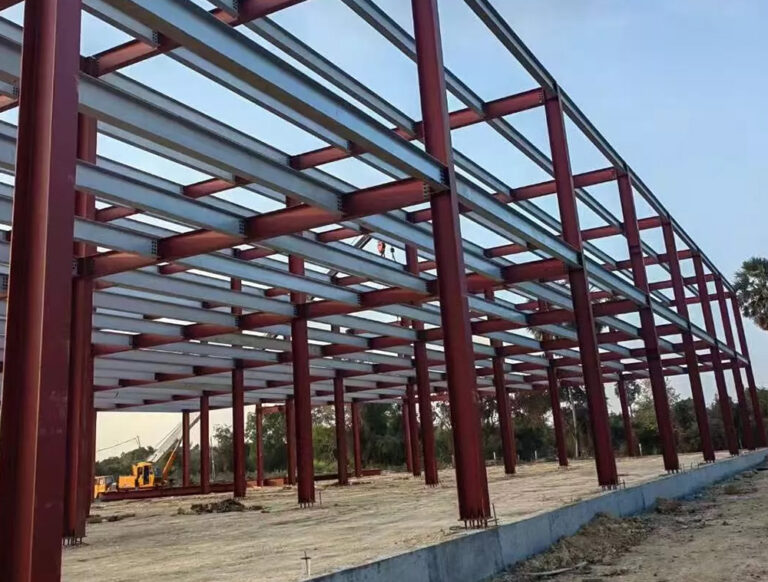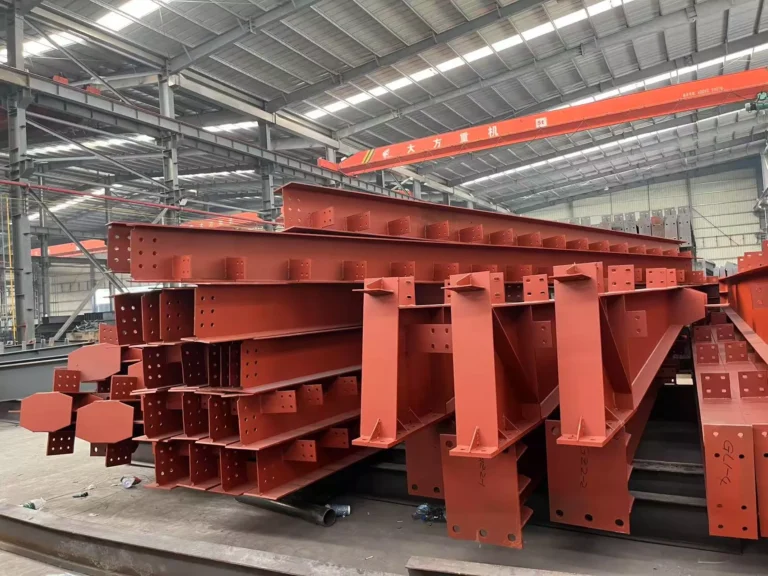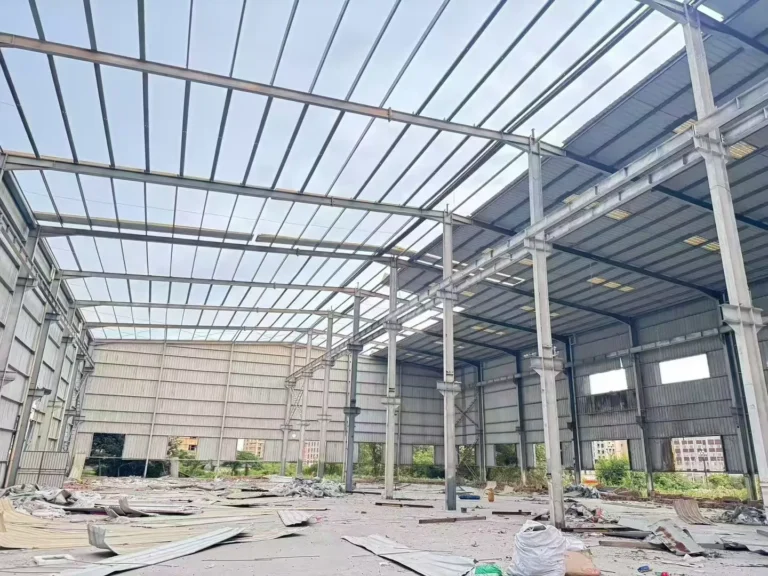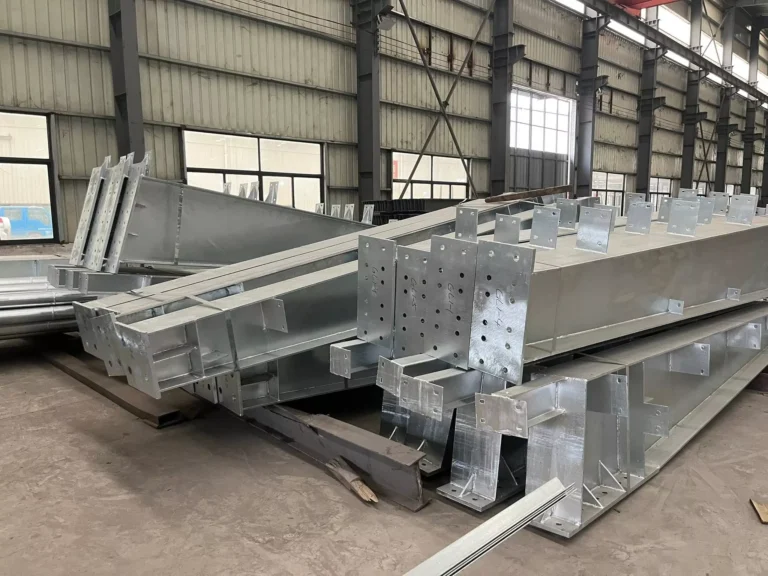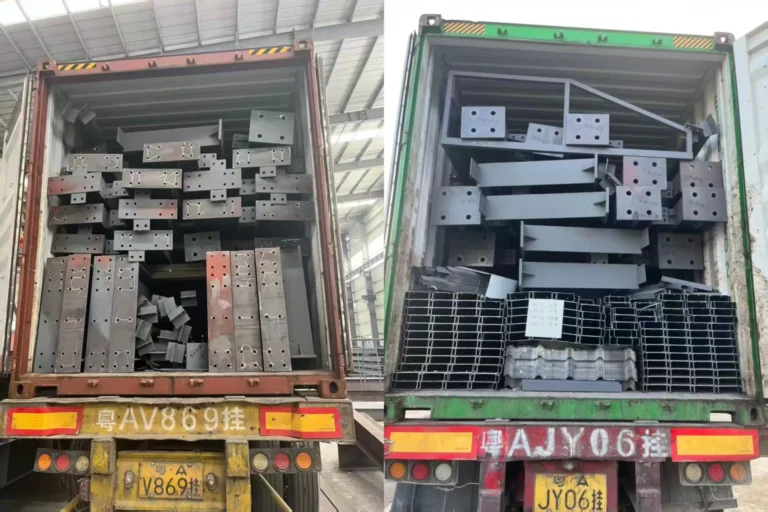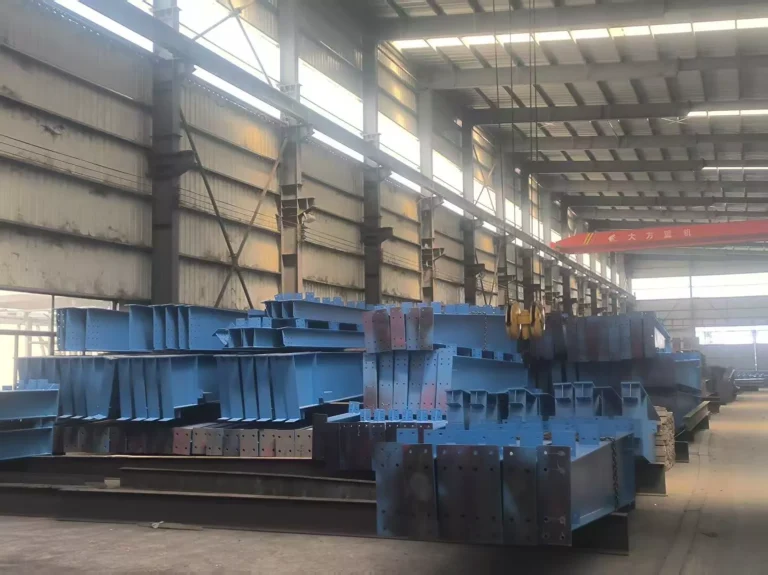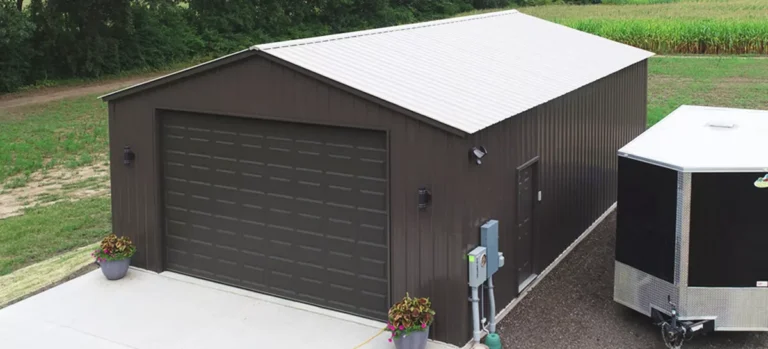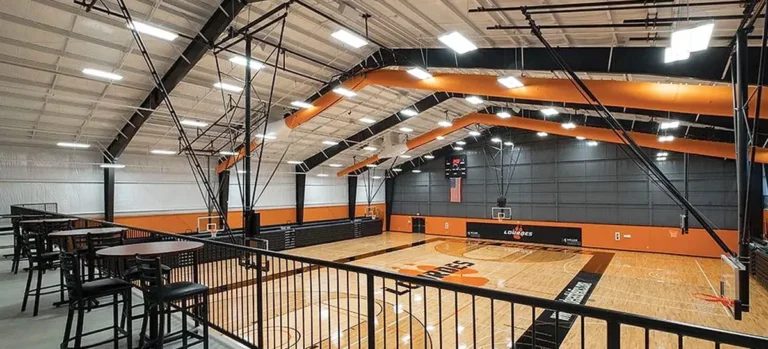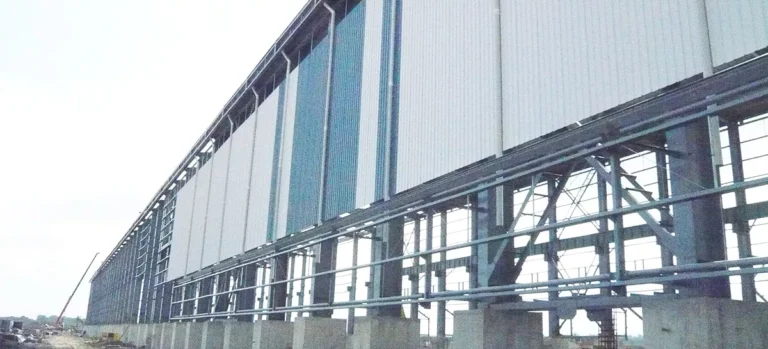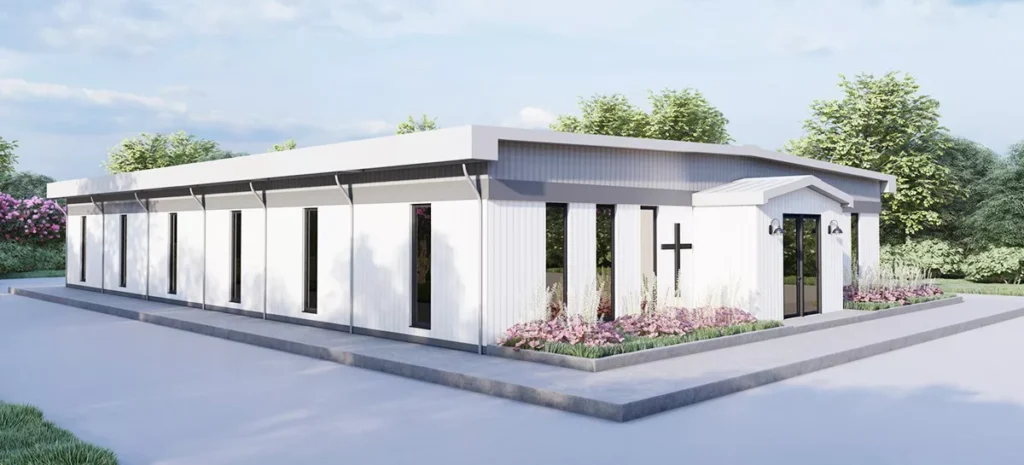
In recent years, prefab church buildings have become a popular choice for congregations looking to expand or establish new worship spaces. Prefabricated (or modular) buildings offer churches an efficient, cost-effective solution to meet their growing needs, while maintaining architectural beauty and functionality. Whether for small, rural congregations or large, urban churches, prefab buildings are increasingly seen as the smart choice for houses of worship.
Here are the key reasons why prefab church buildings are gaining popularity:
1. Cost-Effective Construction
Churches often operate on tight budgets, and traditional construction can be prohibitively expensive. Prefab church buildings, however, provide a more affordable alternative without sacrificing quality.
Why they’re cost-effective:
- Lower labor costs: Prefab buildings are manufactured in factories where labor is optimized, reducing on-site construction time and labor expenses.
- Minimal material waste: Prefab processes are more efficient, reducing waste and ensuring that resources are used wisely.
- Fewer delays: Unlike traditional construction, which can be affected by weather and other unforeseen delays, prefab buildings are constructed in controlled environments, allowing for faster completion.
This cost efficiency enables churches to allocate more resources to ministry activities rather than construction expenses.
2. Faster Building Process
For churches looking to move into a new space quickly, prefabricated buildings offer a significant time-saving advantage. Traditional construction can take several months or even years to complete, whereas prefab church buildings can often be assembled and ready for use in a fraction of the time.
Factors that speed up construction:
- Off-site construction: Much of the building process happens off-site, which allows for simultaneous site preparation and construction.
- Pre-engineered components: Prefab buildings come in modular sections that can be quickly assembled on-site, dramatically reducing overall build time.
- All-weather construction: Since prefab components are built in factories, they are not subject to delays caused by weather conditions, allowing for more reliable timelines.
This speed allows congregations to focus on their mission and ministry rather than waiting for their new facility to be completed.
3. Customizable Design Options
Contrary to the misconception that prefab buildings are generic or “cookie-cutter,” modern prefab church buildings offer extensive customization. Churches can choose from a variety of architectural styles, layouts, and finishes to create a space that reflects their community’s values and vision.
Customization options include:
- Sanctuary design: Congregations can design their worship spaces to accommodate large or small groups, include stages for choirs, or install multimedia equipment for modern worship services.
- Classrooms and meeting spaces: Many prefab church buildings include options for classrooms, fellowship halls, and office spaces that can be tailored to meet the specific needs of the congregation.
- Exterior finishes: Prefab church buildings can be finished in a range of materials and colors to blend in with the local community or reflect a church’s architectural heritage.
This flexibility ensures that prefab church buildings not only serve practical needs but also align with the aesthetic preferences and spiritual mission of the congregation.
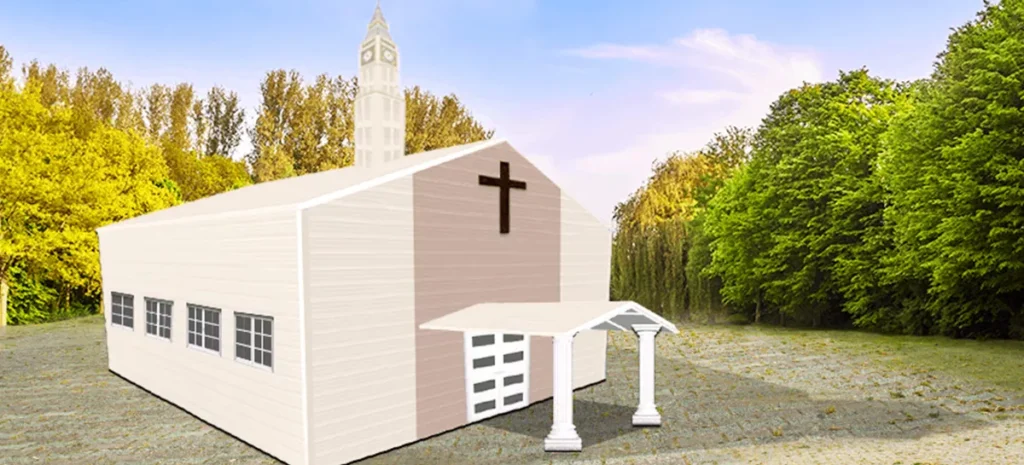
4.Energy Efficiency and Sustainability
More churches are prioritizing sustainability and energy efficiency as part of their commitment to stewardship. Prefab buildings are designed with modern energy-efficient technologies, making them a sustainable choice for congregations looking to minimize their environmental footprint.
Sustainable features:
- Insulation and energy efficiency: Prefab buildings often come with advanced insulation and energy-saving features that help reduce heating and cooling costs.
- Eco-friendly materials: Many prefab manufacturers use sustainable materials, and the controlled construction process produces less waste compared to traditional methods.
- Solar and green options: Churches can choose to integrate solar panels or other renewable energy systems into their prefab buildings, further reducing environmental impact.
By choosing a prefab church building, congregations can reduce their energy costs and demonstrate their commitment to environmental stewardship.
5. Expandable and Adaptable Structures
Churches often grow over time, or their needs may change as ministries evolve. One of the key benefits of prefab buildings is their ability to expand or adapt to these changes. Prefab modular buildings are designed to be flexible, so additional rooms, classrooms, or worship spaces can be added as needed.
Expansion benefits:
- Modular construction: New modules can be added without disrupting the entire structure, allowing for seamless expansion as the congregation grows.
- Adaptable layouts: As the church’s needs change, the interior of prefab buildings can be easily modified to accommodate new programs, events, or services.
This flexibility ensures that the building can grow alongside the congregation, meeting both current and future needs without requiring a complete rebuild.
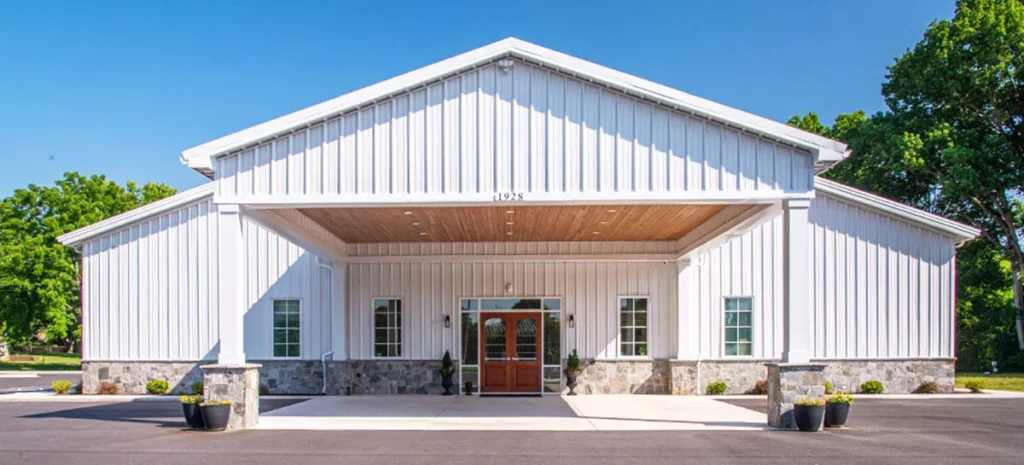
6. Durability and Low Maintenance
Prefab church buildings are built to last, with high-quality materials and construction techniques that ensure long-term durability. Unlike traditional buildings that may require frequent repairs or upkeep, prefab structures are designed to withstand the elements and require minimal maintenance.
Durability features:
- Weather resistance: Prefab buildings are engineered to withstand various weather conditions, including high winds, heavy rains, and even snow.
- Pest and mold resistance: Modern prefab materials are resistant to common issues like mold, termites, and other pests, reducing the need for costly repairs.
- Minimal upkeep: The materials used in prefab construction are designed to require little maintenance, saving churches time and money over the long term.
The durability of prefab church buildings ensures that they remain a functional and beautiful space for worship for years to come.
7. Portable Solutions for Growing Congregations
For congregations that are rapidly expanding or in temporary need of additional worship space, prefab church buildings offer a portable, flexible solution. These buildings can be constructed off-site and then transported to different locations as needed, making them an ideal option for churches looking to expand into new communities.
Why portability matters:
- Temporary or permanent spaces: Prefab buildings can serve as both temporary worship spaces during renovation or expansion, or as permanent buildings for new church plants.
- Multi-site campuses: Growing churches that want to establish satellite campuses can benefit from the portability and scalability of prefab buildings.
This portability allows churches to reach more communities and expand their ministry without the logistical challenges of traditional construction.
Conclusion
Prefab church buildings offer a modern, cost-effective solution for congregations looking to create beautiful, functional, and sustainable worship spaces. Their affordability, quick construction times, and design flexibility make them an ideal choice for churches of all sizes.
With the ability to customize, expand, and adapt, prefab buildings provide churches with the tools they need to meet the demands of a growing and evolving congregation. As more churches seek efficient and sustainable ways to expand their ministry, prefab church buildings are becoming the go-to choice for modern worship spaces.
For more information on how prefab buildings can serve your church’s needs, contact lizzy@ganyosteelbuilding.com. We’re here to help you explore the possibilities and guide you in building the perfect worship space for your community. you in choosing the best insulation solution for your metal building.m for a consultation.

